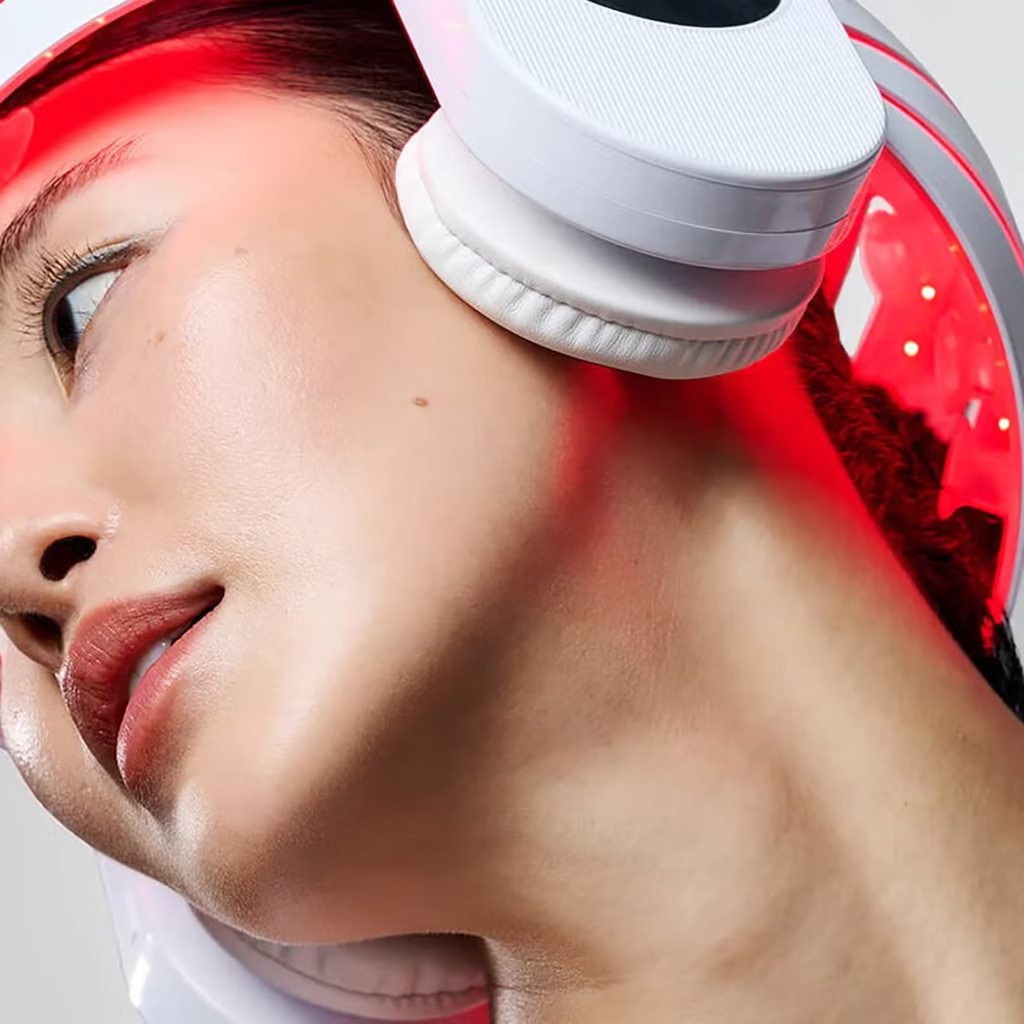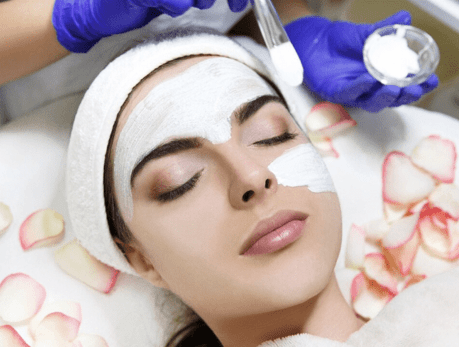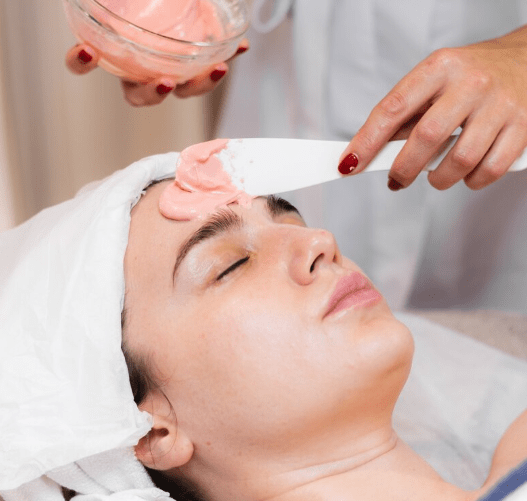Korea is globally recognized for its cutting-edge skincare technology and holistic approach to aesthetic and medical care. Among the most popular non-invasive treatments available to international medical tourists is LED light therapy—a scientifically backed solution that delivers visible skin improvements with no downtime. While it’s widely used for cosmetic purposes, LED light therapy also provides significant therapeutic benefits for medical patients.
Whether you’re recovering from surgery, managing chronic skin conditions, or enhancing overall healing, Korean clinics have perfected the integration of LED light therapy into patient care plans. Here’s how medical patients benefit from this innovative treatment during their stay in Korea.
🌟 What Is LED Light Therapy?
LED (Light Emitting Diode) therapy uses specific wavelengths of low-level light energy to stimulate natural skin processes. It is non-invasive, painless, and safe for all skin types, including sensitive or post-procedural skin.
Different wavelengths serve different purposes:
- Red Light (630–660 nm): Reduces inflammation, boosts circulation, and stimulates collagen production
- Blue Light (415–450 nm): Targets and kills acne-causing bacteria, helping treat and prevent breakouts
- Near-Infrared Light (850–950 nm): Penetrates deeper layers of skin to reduce pain and accelerate wound healing
- Yellow Light (570–590 nm): Calms redness and promotes lymphatic drainage
🏥 Why Medical Patients in Korea Choose LED Light Therapy
1. Accelerated Post-Surgical Healing
Medical tourists in Korea often undergo procedures such as:
- Facelifts
- Rhinoplasty
- Liposuction
- Skin resurfacing (laser or chemical peels)
LED therapy is frequently recommended post-op to:
- Reduce swelling and bruising
- Decrease inflammation
- Promote faster tissue repair
- Prevent infection in healing skin
Many Korean clinics offer LED sessions as part of post-operative care, starting within days after the procedure.
2. Non-Medicated Treatment for Skin Conditions
For patients dealing with:
- Acne
- Eczema
- Rosacea
- Psoriasis
LED therapy provides a non-drug alternative or supplement to traditional medications. Blue and red light wavelengths can:
- Kill acne bacteria
- Reduce redness and irritation
- Calm flare-ups in sensitive skin
- Improve skin hydration and texture
Korean dermatologists often combine LED therapy with gentle facials or topical treatments to manage chronic conditions safely.
3. Pain and Inflammation Reduction
For patients experiencing joint pain, nerve inflammation, or post-treatment discomfort, near-infrared LED light is used to:
- Improve blood flow
- Relax muscles
- Reduce localized pain
- Aid soft tissue recovery
This is particularly beneficial after procedures like CoolSculpting, liposuction, or orthopedic treatment.
4. Safe and Soothing for Compromised Skin
Patients undergoing chemotherapy, hormone therapy, or immune-suppressing treatments may experience skin thinning, dryness, or sensitivity. LED therapy is non-ablative and non-thermal, making it safe even for fragile skin.
Korean clinics offer LED light as a gentle rejuvenation option, helping patients feel better and look refreshed during physically demanding medical journeys.
🇰🇷 What Sets Korean Clinics Apart
Korea’s reputation in skincare innovation is well-earned. Here’s why LED therapy in Korea offers medical patients unique advantages:
✅ Clinical Expertise with Personalized Protocols
Korean dermatologists and aesthetic teams customize LED treatments based on your medical history, skin type, and recovery timeline. Sessions can be tailored for wound healing, scar reduction, or inflammation control.
✅ Medical-Grade LED Equipment
Clinics use FDA- and KFDA-approved LED systems such as:
- Celluma PRO
- DermaLux
- Healite II
These devices provide deeper, more effective light penetration compared to at-home masks.
✅ Seamless Integration into Medical Tourism Programs
Top clinics offer:
- Pre-surgery skin prep packages
- Post-op recovery suites
- English-speaking staff
- Concierge services for travelers
You can enjoy VIP comfort while receiving medically supervised care.
💆 What a Typical LED Therapy Session Looks Like
- Consultation & Skin Analysis: Your doctor or skin therapist evaluates your skin condition and treatment needs.
- Cleansing & Prep: Gentle cleansing to remove impurities.
- LED Application: You lie under a light panel or wear a light-emitting mask for 15–30 minutes. No pain or discomfort.
- Finishing Products: Skin-calming products and SPF may be applied afterward.
- No Downtime: You can return to your hotel, sightseeing, or clinic appointments immediately.
🔁 Treatment Frequency for Medical Patients
- Post-surgical support: 2–3 sessions/week for 2–3 weeks
- Chronic skin management: 1–2 times/week for 4–6 weeks
- Long-term skin maintenance: 1 session/week or bi-weekly
Most Korean clinics offer package deals or include LED therapy in recovery plans.
💰 Cost of LED Light Therapy for Medical Tourists
LED therapy is cost-effective, especially compared to Western clinics. Average pricing:
- Per session: ₩30,000–₩70,000 (USD $25–$55)
- Recovery or treatment bundles: ₩200,000–₩400,000 for multiple sessions
Premium clinics may include LED therapy free of charge with larger procedures like facelifts or laser resurfacing.
✈️ Planning LED Light Therapy into Your Korean Medical Trip
✔ Tips for International Patients:
- Coordinate with your clinic: Ask about pre- or post-surgery LED options
- Schedule in advance: Especially if you’re visiting during peak travel seasons
- Ask about medical recovery packages: Many clinics offer full recovery care including LED, lymphatic massage, and more
- Consider combining with facials or IV therapy: For full-body rejuvenation
🌟 Final Thoughts
LED light therapy in Korea is more than a beauty trend—it’s a medically beneficial, non-invasive treatment that supports healing, enhances skin function, and offers real results for patients with diverse health and skincare needs. With expert care, advanced devices, and international-friendly clinics, Korea offers the perfect environment to integrate LED therapy into your medical journey.




